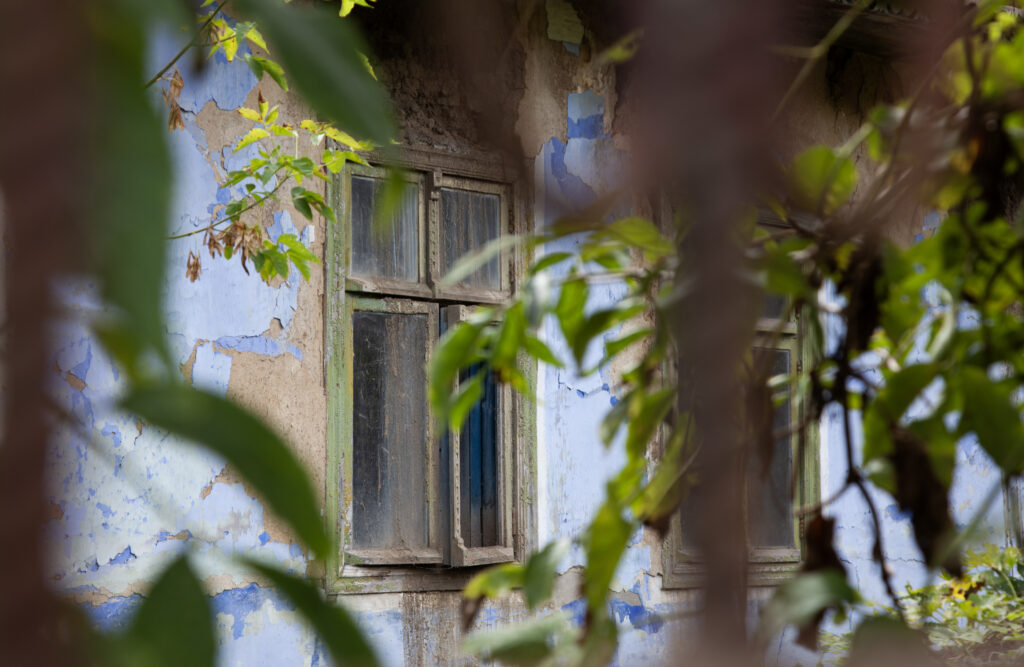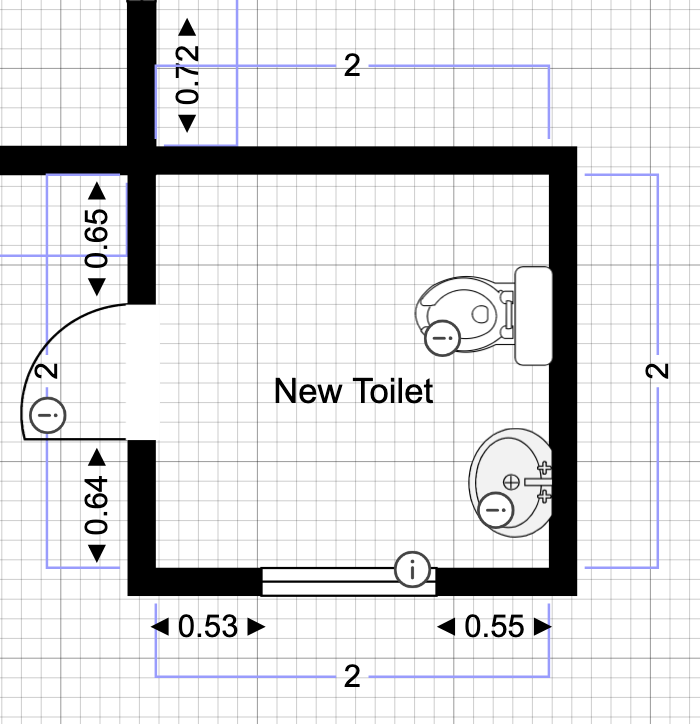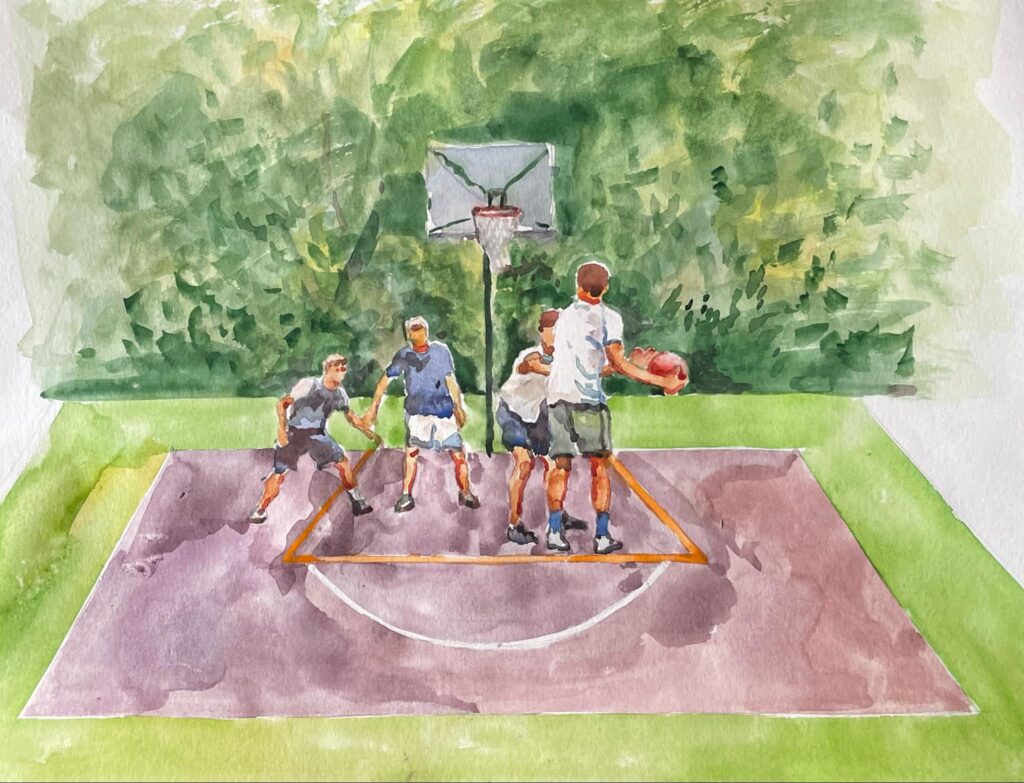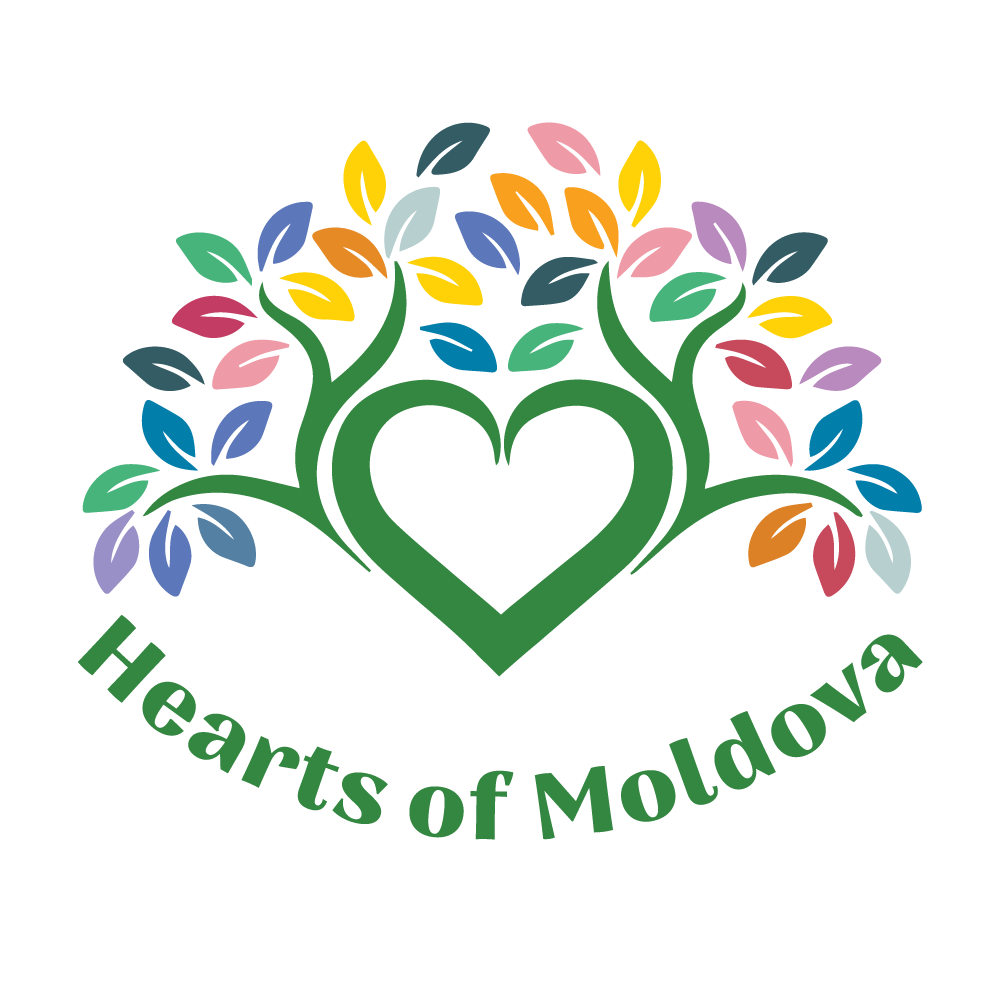Our pilot project consists of two parts. The first part involves a green transition of homes where the family cannot afford to do this on their own. Here we will together with our specialist in eco-friendly and sustainabil living and our specialist in constructions go through the houses and make a plan to do the best support to start their transition.
The second part focuses on uniting the people of the village and building a foundation a greater connection to the local community with a strong social safety net that work together on reducing the consumption of energy, preserve nature and its resources and one’s own climate footprint.
Through this pilot, we aim to test and refine the most effective ways to assist those in need by identifying optimal solutions during the transitions and monitoring the impact on both the individuals and the village after the implementations are completed.
One of the greatest challenges to improving one’s life in Moldova is ensuring the home stays warm during the winter. Based on our understanding of human behavior, we know that food and warmth are essential for people to thrive. Unfortunately, many Moldovans are forced to choose between these two basic needs.
That is why we are committed to ensuring that homes are starting a green transformation and teach the families that this path will not only keep them in a healthier home, but also reduce the monthly cost of living, allowing them to afford new clothes, healthier food, and necessary medications.
A Green Transition
For this pilot, we will select a village with a maximum of 200 inhabitants to create a diverse environment where both elderly individuals and families with children are represented in roughly equal numbers.
We will assess all houses and analyze which households are most in need of assistance, considering the extent of changes needed, the number of people living there, and any life-threatening conditions.
Depending on funding availability and the severity of the changes to the homes, we aim to assist 2-4 families: two with children and two elderly individuals aged 65+.

A United Village
In the second part of our pilot, we aim to create not just a place for people to meet and form stronger connections, but also a support system that provides the opportunities for them to lead healthier and more fulfilling lives. With this initiative, we hope to combat loneliness among those who live alone, foster new friendships, restore a sense of self-worth, improve hygiene, and inspire people to help others and invest in their own future.
To bring this vision to life, we will collaborate with the local mayor to fully transform the community house into a green and sustainable place, ensuring it can be used year-round, rather than only during special holidays. If the village lacks a community house, we will identify an existing abandoned property, secure the necessary legal framework to ensure it belongs to the village, and then renovate it to serve as a community space.
The community house will feature a main room where villagers can gather. Additionally, we will update the toilet facilities to meet all the eco-friendly standard requirements and be accessible to people with all types of handicaps. In many villages, the only available toilets are simply holes in the ground, which can be hazardous for elderly individuals or those with mobility issues. These are also a huge contamination risk to the groundwater and the drinking water wells of the villages.

In addition to being used for holiday ceremonies, we hope the community house will become a hub for various local groups. We envision gatherings such as a knitting club, coffee club, homework assistance for children, music or singing groups, and simply a space for people to meet and socialize.
With the house being heated in the most eco-friendly way and electricity will be provided by green energy, it will also help reduce the costs for the individuals who use the space, as they will only need to heat their own homes for part of the day.
The house will also have a donation of tools to support the families in continue doing green transitioning’s at their homes and a fund they can apply to to get the materials covered.
The first activity in the house will be provided by us in the form of a course led by one of our specialists. This course will cover how to maintain and make the most out of the community house, as well as how villagers can start their own green transitioning. During this course, we will go through the tools to teach witch to use when and how to use them with safety in mind.
We will also display a list of all the inhabitants of the village in the house. This list will detail each person’s skills, so if anyone needs help with tasks like fixing a toilet, repairing a crack in the wall, or mending a pair of pants, they will know who to call. This initiative will foster unity within the village and revive the spirit of helping one another.
The house will be equipped with an energy-efficient heating system, with electricity primarily provided by solar panels. Wastewater from the toilet will be collected in an underground septic tank. We are committed to ensuring that nothing leaving the house will pollute the surrounding area or the groundwater, which is used for drinking.
Our goal is to make the community house as self-efficient and cost-effective as possible, to avoid placing any additional burden on the village. At the same time, we will prioritize sustainability and environmental friendliness to ensure a green, long-term solution.

Art by Mihai Ostahi
The exterior of the house will feature a designated areas for the children to play and for adults to sit and relax during the summer months.
Ongoing maintenance of the community house will be done by the villagers, ensuring that the space remains well-kept and continues to serve the community for years to come.
